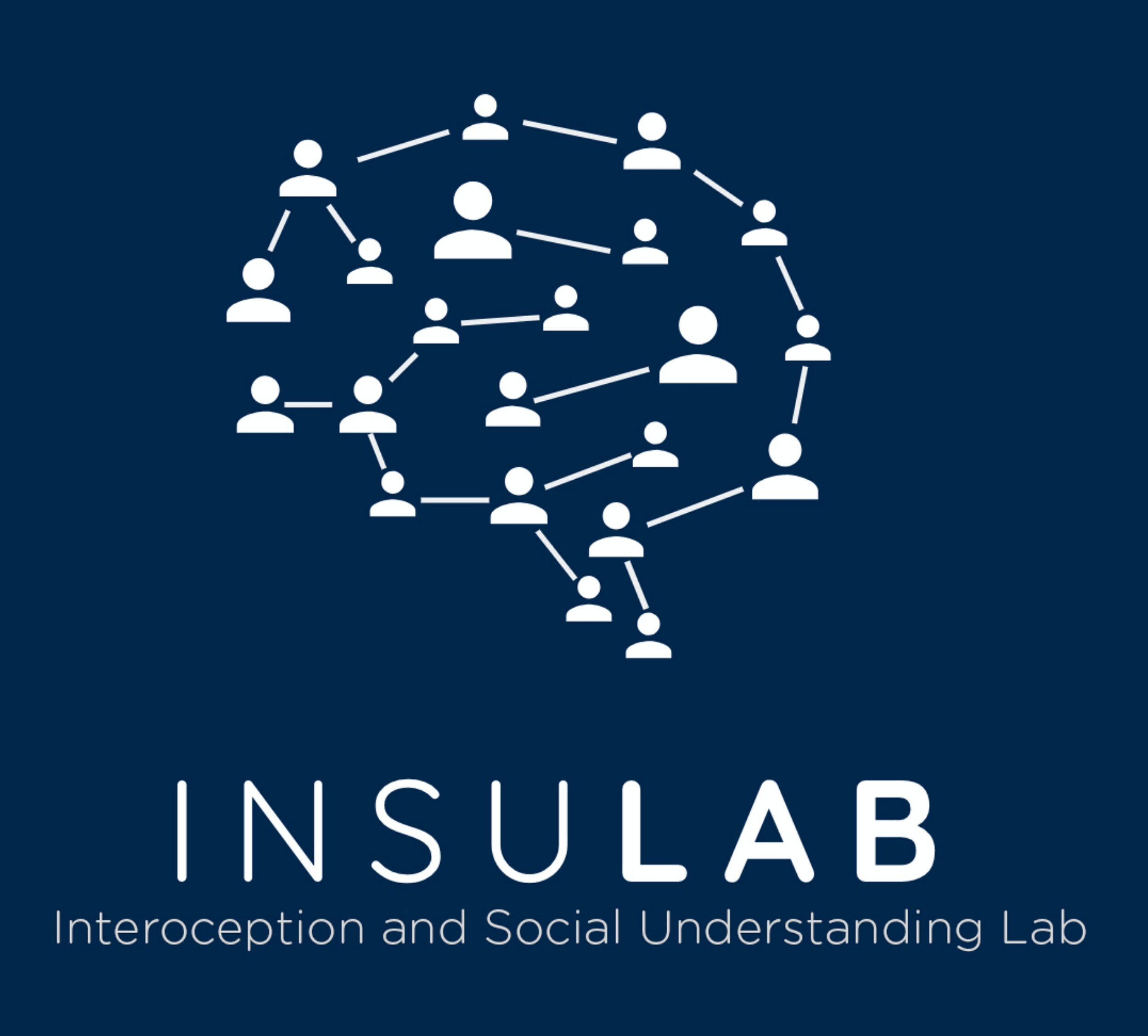What are Eating Disorders?
Eating disorders, such as anorexia, bulimia and binge eating disorder, involve abnormal eating patterns and attitudes towards eating that significantly interfere with day-to-day life. These disorders affect more than 10.5m people globally. Teenage girls and adult women are the most affected groups, but more and more males and younger girls are starting to being diagnosed.
Eating disorders are not all the same, and different types present different characteristics. For example, people with anorexia have very low weight and a strong fear of gaining weight. Common behaviours in this population include severe restrictions on food intake, and binge eating and purge. People with bulimia experience episodes of binge eating followed by purging. Finally, binge eating disorder is characterised by binge eating without purging.
Research has found that people with anorexia and bulimia struggle to perceive internal signals from their body. For example, they have difficulties counting their own heartbeats and have reduced perception of pain. They also report difficulties recognising signals from inside their body. Brain scans show that the brain areas used for interoception are different in people with eating disorders compared with those without eating disorders.
As part of our research, we are trying to understand how people’s ability to sense and recognise their bodily signals affects their eating behaviour. This may shed light on the intrinsic relationship between interoception and eating disorder.

